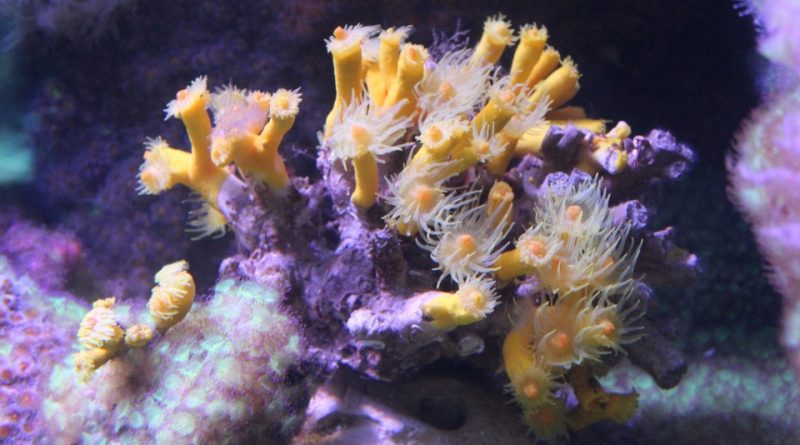Bioaccumulation
Bioaccumulation
The term bioaccumulation refers to the process by which certain chemical substances accumulate within living organisms, reaching higher concentrations than the surrounding environment. This phenomenon occurs when organisms come into contact with toxic or persistent substances present in the environment, such as pesticides, heavy metals, industrial solvents or other polluting substances.
The bioaccumulation process occurs primarily through food intake, absorption through the skin or gills, or inhalation of airborne chemicals. Once introduced into the body, these substances can be transferred from one trophic level to another through the food chains.
Chemicals that accumulate in organisms can undergo a number of processes, such as bioconcentration and biomagnification.
Bioconcentration refers to the accumulation of chemicals in the body at higher concentrations than those found in the surrounding environment.
Biomagnification, on the other hand, occurs when chemicals accumulate in organisms at higher trophic levels, as organisms higher up the food chain ingest larger amounts of the accumulated chemicals than those lower down.
Bioaccumulation can have harmful effects on affected organisms. The accumulated chemicals can cause organ damage, hormonal changes, compromise the reproductive system and the immune system, and even cause genetic mutations or the development of disease. Furthermore, bioaccumulation can lead to negative effects on the population of a particular species and can affect the entire ecosystem.

